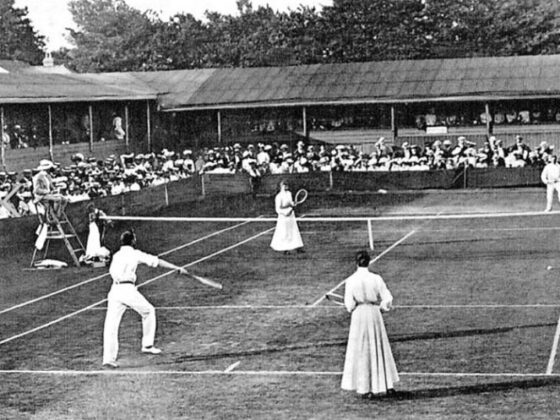The use of ordinary concrete is very common. This is an understandable and well -mastered building material. He has good strength and copes with the role of supporting walls. For a one -story structure, only ten -centimeter wall thickness of concrete will be enough. But with such positive strength qualities, thermal insulation is quite flawed. This is the main reason why it is actually not used for the construction of houses, especially in the northern regions.
But when building buildings, light or cellular concrete is often used. Such concrete includes aerated concrete, expanded clay concrete and foam concrete. There are other varieties, but they do not have such an extensive audience of application, so you should not mention them.
The use of light concrete has a number of advantages. For example, they, unlike ordinary concrete, have good heat -insulating characteristics. They even exceed the indicators of bricks, but, of course, they can’t compare with specialized thermal insulators. The dimensions and weight of such blocks allows us to largely simplify the installation process. At the same time, such blocks have a given size, which also facilitates the process of calculating the necessary materials. If you try, you can find blocks of the necessary colors. Proper laying of light concrete blocks allows you to do without suture plaster. But when using this material, you will have to shone in the decoration of the insides of the premises, as they will look quite the same.
In such plates, the characteristics of density and strength are practically not related. The plate can have increased density, but at the same time be made of low -quality concrete. This means that it is very important to pay attention to both criteria of the plates, when acquiring them. But the density of the material directly affects its thermal insulation properties. And the lower the density, the higher the above. For example, one third of a meter of wall thickness will be enough to not use external heater. But in any case, it is advisable to waterproof such walls, since with an increase in moisture concentration in them, the ability to retain heat in the room sharply worsens.
Nevertheless, in Europe it is customary in any case to engage in external insulation of buildings. This closes the cold bridges, increases the level of soundproofing, and also strengthens the walls themselves.









